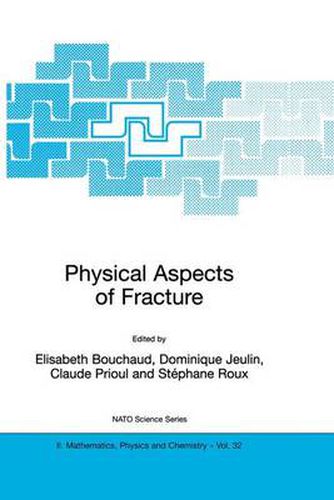Readings Newsletter
Become a Readings Member to make your shopping experience even easier.
Sign in or sign up for free!
You’re not far away from qualifying for FREE standard shipping within Australia
You’ve qualified for FREE standard shipping within Australia
The cart is loading…






This wide-ranging survey of the physical aspects of fracture shows that the old barriers between different scales will soon themselves fracture. It is no longer unrealistic to imagine that a crack initiated through a molecular dynamics description could be propagated at the grain level thanks to dislocation dynamics included in a crystal plasticity model, itself implemented in a finite element code. Linking what happens at the atomic scale to fracture of structures as large as a dam is the new emerging challenge. The volume includes papers on most materials of practical interest from concrete to ceramics through metallic alloys, glasses, polymers and composite materials. The classical fields of fracture mechanisms are addressed. Brittle and ductile fractures are considered. The text is carefully balanced between experiments, simulations and theoretical models, and between the contributions by the various communities. New topics of damage and fracture mechanics are also explored, such as the effect of disorder and statistical aspects, dynamic fracture, friction and fracture of interfaces.
$9.00 standard shipping within Australia
FREE standard shipping within Australia for orders over $100.00
Express & International shipping calculated at checkout
This wide-ranging survey of the physical aspects of fracture shows that the old barriers between different scales will soon themselves fracture. It is no longer unrealistic to imagine that a crack initiated through a molecular dynamics description could be propagated at the grain level thanks to dislocation dynamics included in a crystal plasticity model, itself implemented in a finite element code. Linking what happens at the atomic scale to fracture of structures as large as a dam is the new emerging challenge. The volume includes papers on most materials of practical interest from concrete to ceramics through metallic alloys, glasses, polymers and composite materials. The classical fields of fracture mechanisms are addressed. Brittle and ductile fractures are considered. The text is carefully balanced between experiments, simulations and theoretical models, and between the contributions by the various communities. New topics of damage and fracture mechanics are also explored, such as the effect of disorder and statistical aspects, dynamic fracture, friction and fracture of interfaces.